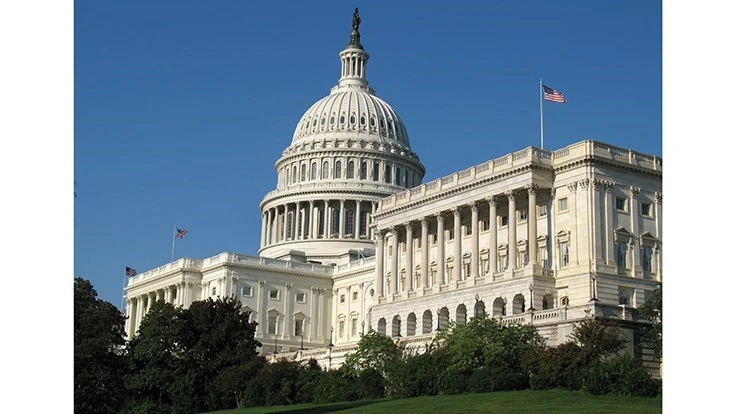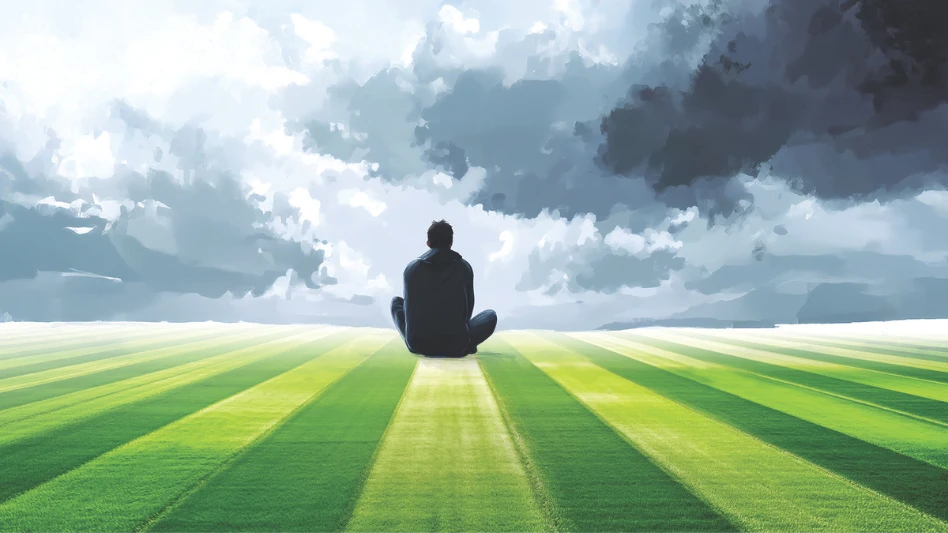
If Punxsutawney Phil’s prediction holds true, spring is just around the corner. People will emerge from behind shuttered windows and begin seasonal planning, planting and pruning. For the landscape industry, spring is a time of increased demand for services resulting in a rising demand for landscape laborers. In order to meet the ever growing consumer demand for perfectly planted flower beds and immaculate edging, landscape companies must facilitate the hiring and onboarding of new and returning workers.
The increase in seasonal hiring can place an administrative strain on large and small companies alike. Not only must companies identify qualified and capable individuals, but they must also be mindful of the governmental regulations surrounding Employment Eligibility Verification. Since Nov. 6, 1986, employers have been required to complete an I-9 form for every employee hired as proof of the individual’s employment eligibility in the United States.
The I-9 form is used to document and verify the identity and employment authorization of each new employee. The I-9 requires the employee to complete Section 1 with biographical information and verify their current status in the United States. Additionally, the employer is responsible for reviewing and authenticating identity and employment authorization documentation, recording the critical document information, and certifying the necessary compliance steps have been taken in Section 2.
While completing the I-9 form correctly is a critical step in a company’s overall compliance, it is also necessary to be mindful of the time limitations established by the government for completing the form. The employee must complete Section 1 no later than the first day of employment. The employee is also required to sign and date the form as confirmation that the information that was provided in Section 1 is complete and accurate. The employer is required to ensure the employee completed Section 1 properly and then complete Section 2 no later than the end of the third business day after the employee begins work.
Additionally, Section 2 requires a dated signature as an affirmation of the employee’s authorization to work in the U.S. The U.S. Department of Homeland Security does not provide any exceptions to the requirements and expects all employers to comply with the I-9 form regulations. Failure to comply with the regulations can lead to substantial monetary penalties ranging from $110 to $1,100 per violation. Additional penalties can arise from knowingly hiring and continuing to employee individuals lacking proper work authorization. Therefore, it is critical to review all I-9 forms and address any potential compliance issues.
For some companies, locating a sufficient workforce to meet their client’s needs from the local labor market can be difficult. In those instances, companies of varying sizes may look to fill their temporary nonagricultural positions with foreign labor utilizing the H-2B visa program. The H-2B visa program allows for a total of 66,000 H-2B visas to be issued on an annual basis. The program is currently divided into two halves with 33,000 visas being allocated for workers who begin their employment in the first half of the fiscal year (October 1 - March 31) and 33,000 for workers who begin employment in the second half of the fiscal year (April 1 - September 30). Any visa numbers remaining from the first half of the fiscal year will be available to employers seeking to utilize the H-2B program during the second half of the year. However, any H-2B visa numbers that are not utilized during the fiscal year will not be added to the next year’s available visa numbers. Currently, any H-2B workers that previously held H-2B status in the past three fiscal years (2013, 2014 and 2015) will be exempt from the 2016 annual H-2B cap of 66,000.
The H-2B visa program requires the U.S. Department of Labor to certify there are not sufficient qualified U.S. workers available to perform the temporary services for which an employer wants to hire a foreign worker. Additionally, the U.S. Department of Labor must certify that the employment of H-2B workers will not adversely affect the wages and working conditions of similarly employed U.S. workers. Prior to filing a petition with U.S. Citizenship and Immigration Services requesting approval of the H-2B petition for a nonimmigrant worker, the employer must obtain an approved temporary labor certification from the U.S. Department of Labor. The Temporary Labor Certification requires the employer to file a job order with the State Workforce Agency serving the area of intended employment and complete an Application for a Prevailing Wage Determination. The U.S. Department of Labor will review the H-2B application and job order for compliance with the program requirements. The U.S. Department of Labor can either accept the application or issue a Notice of Deficiency and allow the employer to correct the deficiencies within the application and/or job order. A Notice of Acceptance allows the employer to continue the process and to complete the necessary recruitment requirements to apprise U.S. workers of the job opportunity.
Once the regulatory recruitment requirements have been met, the U.S. Department of Labor will certify the application and the company may proceed with filing the petition for nonimmigrant workers with U.S. Citizenship and Immigration Services. Once the petition is approved, the foreign workers will need to obtain a visa stamp and be admitted to the U.S. to begin their employment. Current H-2B workers inside the U.S. changing H-2B employers will be allowed to start working for the company.
The H-2B visa program can be an essential part of a company’s seasonal workforce and is critical to access workers in a timely fashion. The H-2B visa process involves the U.S. Department of Labor and the U.S. Citizenship and Immigration Services in the overall hiring practice for your seasonal employees. While the temporary labor certification application for the nonimmigrant worker can only be filed with the U.S. Department of Labor 90 days prior to the date of need, the preparatory steps required to meet all of the U.S. Department of Labor’s regulatory requirements prior to filing can be extensive and time consuming.
Cynthia J. Yarbrough is an attorney in the Atlanta office of national labor and employment law firm Fisher & Phillips LLP. She can be reached at cyarbrough@laborlawyers.com.
Lawn & Landscape has recently reported on the H-2B decision in our 2015 State of the Industry Report. Click here to read it.
Latest from Lawn & Landscape
- When it's time to take a sabbatical
- Webinar: Beyond the flashy AI headlines
- Mariani Premier Group acquires Liliput in Los Angeles
- Ways to find exponential growth
- Greenzie rolls out new software upgrade Monday
- LandCare revitalizes child welfare organization in Florida
- Benefits for the brain
- Fisk Lawnscapes explains how and why employees receive its Therapy Benefit





